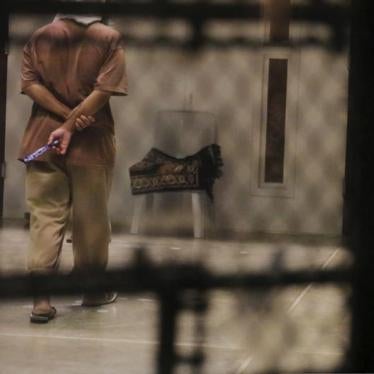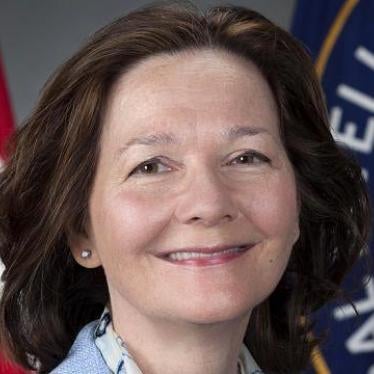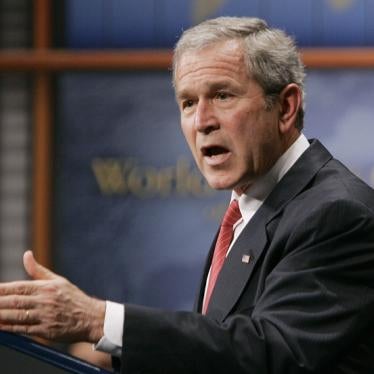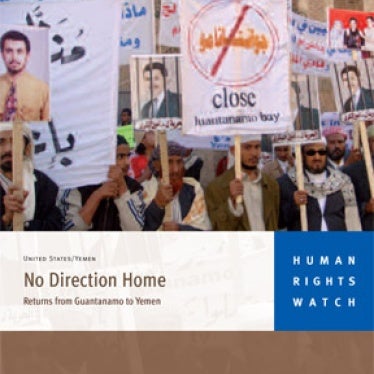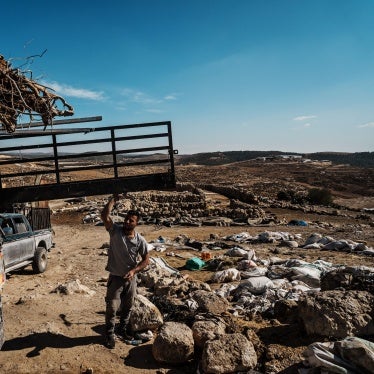In his testimony last week in the pre-trial hearing of five men charged with plotting the September 11 attacks on the United States, Dr. James Mitchell vividly described his role in torturing detainees in the program he helped design for the Central Intelligence Agency (CIA).
Sitting less than 25 feet from Khalid Sheikh Mohamed (referred to as KSM), Mitchell gave a detailed description of how Mohamed was waterboarded. Mitchell read aloud details and repeated the questions he asked Mohamed during a March 2003 interrogation session that included pouring 12 liters of water over Mohamed’s nose and mouth. He even claimed that at one point during a waterboarding session “KSM fell asleep on the waterboard” and thus could not have been scared.
Waterboarding is a form of mock execution by near drowning, and resembles other forms of water torture that have been prosecuted in US courts.
Mitchell is on the stand as a fact witness, free from the threat of charges for alleged criminal conduct. In 2012, the Obama administration declined to bring criminal charges against any officials responsible for the CIA torture program. Mitchell settled a lawsuit in 2017 brought against him by the American Civil Liberties Union (ACLU) on behalf of three former detainees, one of whom died in CIA custody. The settlement amount was not disclosed.
No one involved in the CIA torture program has been held accountable, including Mitchell, his partner, Dr. John Bruce Jessen, and those at the highest levels of the US government who approved and authorized it. Rather, key figures such as Gina Haspel, the current director of the CIA who oversaw torture at a “black site” in Thailand, have been promoted to senior positions. Questioned by defense counsel if he feared criminal prosecution for his actions, Mitchell replied no. He came to Guantanamo voluntarily to testify.
Mitchell’s testimony has not strayed far from the account he wrote about in his book Enhanced Interrogation, or his responses in the deposition in the ACLU case. In his Guantanamo testimony about Abu Zubaydah, one of the first detainees tortured under the CIA program, Mitchell described his attempts to convince CIA headquarters to end the “enhanced interrogation techniques.”
But Mitchell wasn’t objecting to torture. As he made clear in his testimony, he objected to using such techniques on Abu Zubaydah at that point because he had concluded Abu Zubaydah had no intelligence to offer, making those methods “unnecessary.”


